Buckwheat is not a wheat, though it is often prepared as such. Buckwheat has gained popularity in recent years, but once was used primarily as food for common people, today even the best restaurants in the world must offer their specialties on the menu with the addition of buckwheat.
Actually buckwheat (Fagopyrum) is the genus of the angiosperm Polygonaceae family. There are several types of buckwheat: multi buckwheat (Fagopyrum cymosum), common buckwheat (Fagopyrum esculentum) and Tatar buckwheat (Fagopyrum tartaricum). Plain Buckwheat is popular as Grechko, which is the Russian name of these delicious useful triangular grains. The homeland of buckwheat is considered to be India, but its popularity is greatest in Russia.
Origins of Buckwheat
There is evidence that buckwheat was cultivated 6000 years ago in Southeast Asia. The origin of the culture is associated with the lands of Altai and in the 7-8 century, from the territories of present-day Romania buckwheat enters into and spreads in Russia. In Europe, these grains arrive much later - between 15 to 18 century. In India, buckwheat called "black rice "and in other countries is known as the" black wheat ". In Greece and Italy, its name is "Turkish grain" and in France, Spain and Portugal know it as "Saracen" or "Arab grains." In other Slavic countries, it is called Greek grain, because centuries ago Greek monks in monasteries grew it, in lands populated by Slavic people. The Latin name of buckwheat (Fagopyrum) comes from the fact it resembles grains beech nuts, which is why it is often called beech wheat.
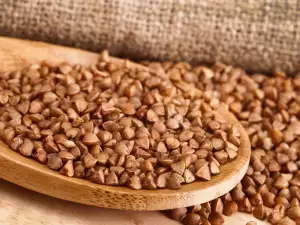
With the proliferation of buckwheat, it quickly became a regular guest at the tables of the poor. Buckwheat is grown easily, and weeds do not grow naturally around the crop, it also does not require processing with chemicals. Chemicals radically alter the taste of the grain, it is a prerequisite that the culture is ecologically clean, to be used as food that is fed to infants.
Composition of buckwheat
Triangular buckwheat grains contain up to 16% easily digestible proteins, including beneficial essential amino acids arginine and lysine. In buckwheat, there is 30% carbohydrate, 3% fat, fiber, malic, citric and oxalic acids, vitamins C, B1, B2, PP (rutin), D, E and boron, iodine, nickel, and cobalt.
Selection and storage of buckwheat
Buckwheat is available at an affordable price, usually in packs of 500 grams in almost all major grocery chains. Often packages with buckwheat stand on dietary stands, but there is no Russian store that does not offer it.
There are some tips which you can listen when you choose buckwheat. When you select the Buckwheat, pay attention to the following features
- Choose buckwheat with a pale color, because a reddish tinge in most cases means it has undergone heat treatment, resulting in much of the nutrient substances being wasted;
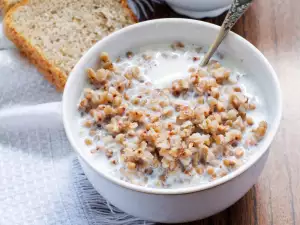
- After opening the package of buckwheat, if you feel the unusual smell of mold, it means that the product is rotting or of very poor quality and is better not to consume it;
- Always keep buckwheat in glass or ceramic containers.
Buckwheat in cooking
Buckwheat is becoming more popular in cooking. Although it has a slight astringent, bitter taste, it is successfully applied in both salty and sweet in recipes. Black wheat is well known to many people who practice vegetarianism, because it is a complete meal replacement. Buckwheat is used in baby food. For centuries, it is used to to prepare easy and nutritious porridge.
Buckwheat is applied in the preparation of sweet and savory dishes with great success. Besides porridge, buckwheat can be prepared by adding to dishes with meat, vegetables, even fish and soups. Often desserts from buckwheat are prepared, combined with fruits or put in fruit. With buckwheat flour you can prepare different cakes or pancakes, or add it a dish to thicken it. Buckwheat can be prepared like rice, the amounts of buckwheat and water are 1:2. If preparing soup, buckwheat is added near the end to not overcook it. You can add buckwheat in paste, various stews, baked dishes, cabbage with meat or vegetarian.
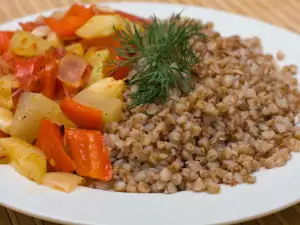
Put buckwheat to boil for 4-5 minutes, then rinse in a colander under running cold water and drain. Another option is to pour buckwheat in a bowl with hot water, cover and put the dish in a large towel to smother it well. Leave to mature for one day and the next morning it can be prepared as a snack, like a granola, or use it as a supplement to salad - fruit or vegetable.
Benefits of buckwheat
Buckwheat is called the grain of millions, not only because it is rich in vitamins and minerals, but because the food is suitable for all ages, brings many benefits to the body and is suitable for athletes and those of us who are on a diet.
Compared with potatoes and other starches, buckwheat is arm in carbohydrates, making it an excellent food for diabetics and those who suffer from obesity and are overweight. Porridge with buckwheat is recommended for cardiovascular diseases and liver diseases. Nutrients in buckwheat help removal of cholesterol from the blood, as well as the ions of heavy metals. It is a recommended food for and against varicose veins and hemorrhoids.
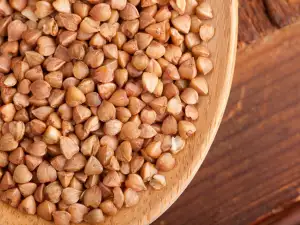
Buckwheat contains nutrients that reduce the permeability of the walls of blood vessels and their fragility.
Experts recommend regular consumption of buckwheat against rheumatism, arthritis, atherosclerosis, hypertension, thyroid hypofunction to improve your blood circulation, immune system and maintain good vision.
Food professionals are adamant that buckwheat porridge with milk provides the optimal ratio of proteins, fats and carbohydrates in the body. Their opinion comes after an experiment in which volunteers lived for six months with a slurry of Buckwheat and a few apples every day. At the end of the period is found that the efficiency of the volunteers was increased and their physiological indicators were much better than those of the control group.
As mentioned, buckwheat can be a partial substitute for meat because it contains large amounts of iron. This in turn makes it suitable for consumption in anemic conditions. For higher levels of hemoglobin in the blood are sufficient for only 2 tablespoons of buckwheat flour daily. The flour should have a pale color, that of raw buckwheat.
Buckwheat has found an application even in reflexology. Often walking barefoot on buckwheat grains whose shape allows the pressing of active points of the foot is practiced. If you want to relax and massage your tired arms, put your hands in buckwheat grains and rub them. This will achieve noticeable toning and relaxation.
Medicinal properties are seen even in the flowers of buckwheat. Decoctions prepared from them have proven expectorant effect.
Dangers of buckwheat

The only adverse effects from consumption of buckwheat may be using too much, or if you are allergic.
Buckwheat diet
The beneficial properties of buckwheat are harnessed in many diets, which effectively help you to lose weight and clense. One of the most popular diets with buckwheat can melt up to 10 kilograms a week. It belongs to the so-called. drastic diets, but in most cases the result is worth it.
During the diet, you have one week to eat only steamed overnight buckwheat, as explained in the culinary use of buckwheat.
The only thing you can afford to eat besides thar is 1 liter yogurt from skim milk. If desired, you can repeat mode weeklong buckwheat regimes, but only after one month. After the diet, it is necessary to return smoothly to a low calorie intake per day.
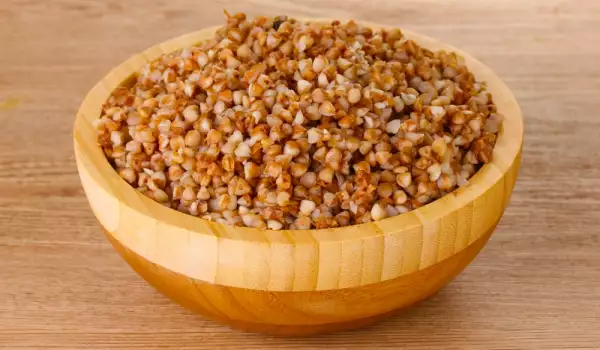
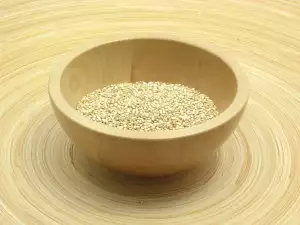
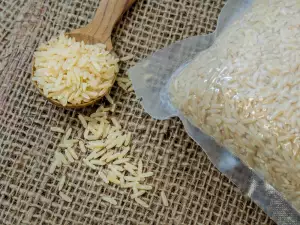
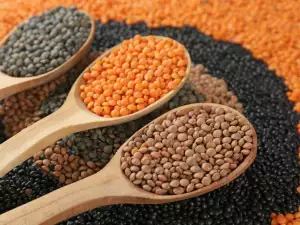
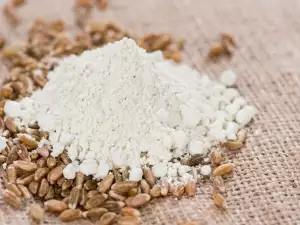
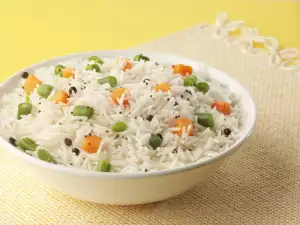
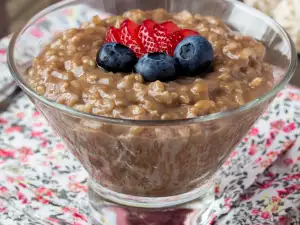
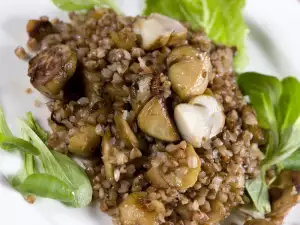
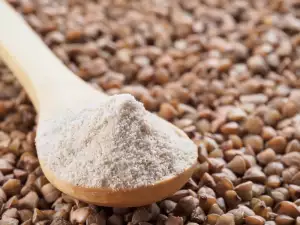
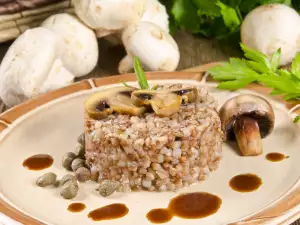

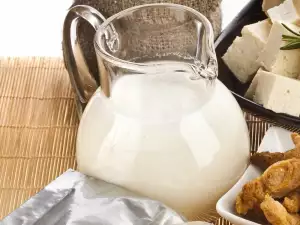
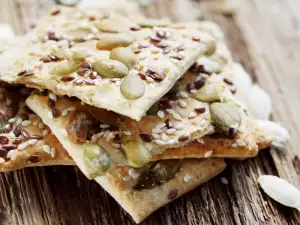


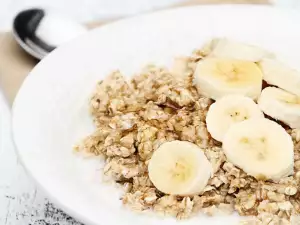




Comments